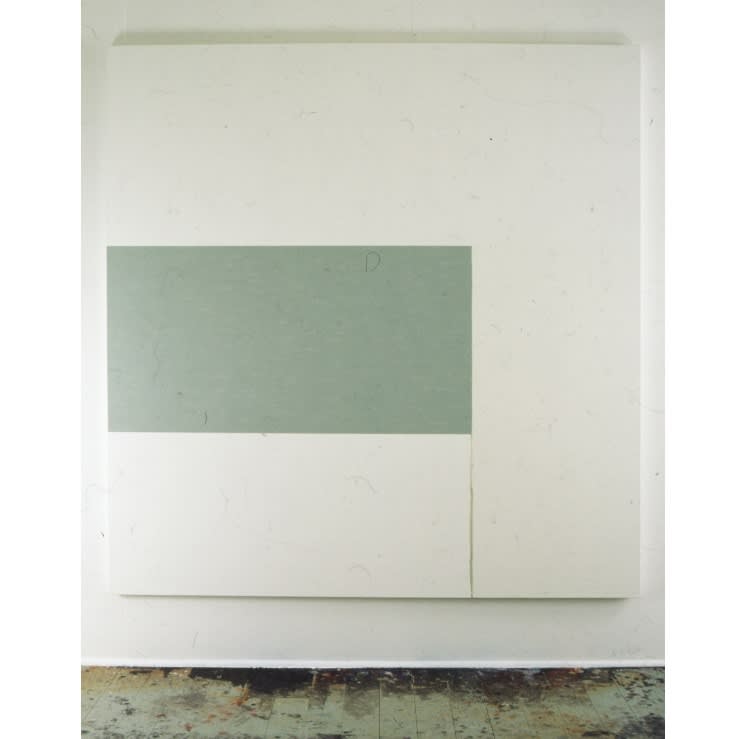Callum Innes
Callum Innes has become widely recognised for his original contribution to the tradition of abstract painting.
His work can be seen to link back to the work of the Minimalist painters. However, his interest is not in re-enacting this form of art but using certain characteristics of this tradition, especially the monochrome canvas, as a springboard for his own inventions.
Over the last eight years, Innes’ work has been typified by a process of reduction (or what might be referred to as ‘unpainting’). He erodes a monochrome ground of paint with turpentine to reveal the spatial possibilities of the picture plane. Basing his work on intuition and experimentation, he has always worked in series, exploring the potential of a particular format or procedure until he has achieved a resolution that satisfies him.
Over the last three years, the Exposed paintings have taken precedence over other series and this exhibition showcases the most recent paintings in this series. The earlier paintings in this series explored the spatial balance and tension between the three elements of the painting. A thickly painted section which rested slightly on top of the canvas created a very distinct relationship between what was applied and what was removed and the canvas itself.
In the new paintings, which are all made on a whitened ground, these tensions have come closer together and a fundamental shift has taken place in the way that Innes works. Instead of removing sections, Innes effectively erodes areas by a further application of paint so that the white part of the painting can become the most active. Instead of focusing on the act of removal , he first dissolves, then applies paint. In contrast to his earlier works, the surface of these paintings is completely applied.

